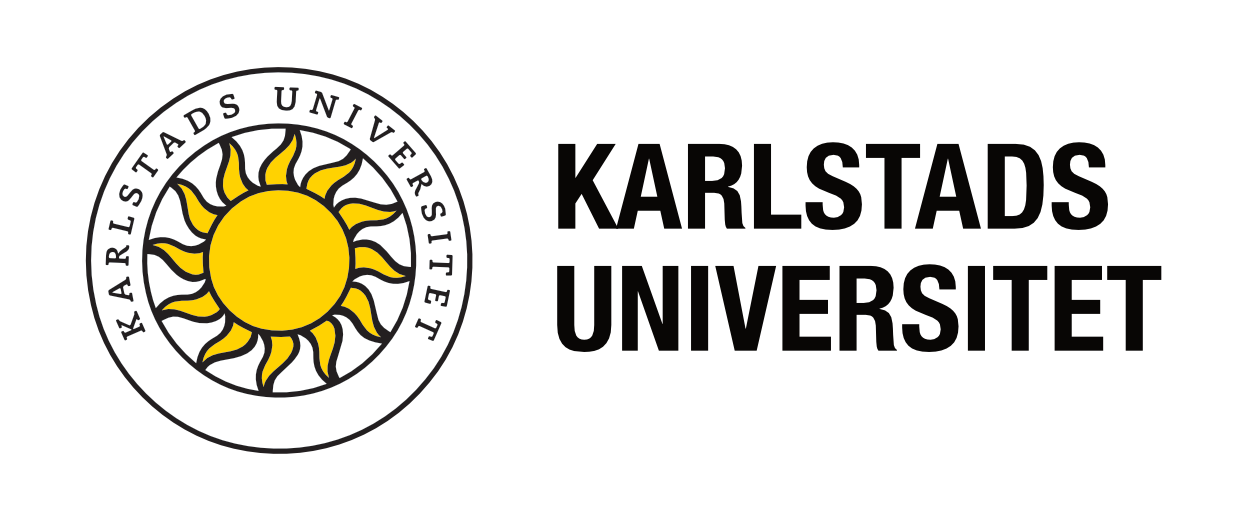What is the purpose of the group work in your course? Microgroup, crossgroup, side task or course progression?
You can see at least three or four different ways to use group work in a course. What do you need in your particular course?
Microgroups
The groups are formed temporarily to work on something “here and now”, e. g. during a longer lesson session where new material is presented. There, the group provides an opportunity for students to directly test their thoughts, formulate themselves, repeat, simply take in the new, etc..
Microgroup work is an excellent element in many longer work sessions (such as lectures) where the student group is large and the opportunity for direct dialogue with the teacher is small for the individual students.
The classic example is of course the beehive, where the students at a lecture are encouraged to temporarly discuss something in pair with the person sitting next to them.
Cross groups
Cross groups are a variant of the microgroup, since they are often used by forming and dissolving temporarily, here and now. One such example are the use of cross groups in group report presentations.
Let’s imagine that a number of small study groups are to present their results from working with a case. Instead of all students from all study groups in a class passively enduring long sessions where group after group gives similar presentations, the students are divided into random cross groups. Each participant in a cross group presents his or her group’s results from the case work to the others in the cross group. In this way, the individual students are more active during the entire session. If the cross groups are given instructions to compare the results from each of the participating members, the presentation will actually result in active discussions more that in passive listening.
Side task group work
This kind of groups work refers to working with a group task in parallell with other learning activities, e. g. in parallel with a series of lectures. The group’s work is not synchronized with other lessons, lectures, and other learning activities in the course.
An example of this could be that the group works with a case or conducts study visits or reads in-depth literature together, while the progression of the course is visualized through other scheduled activities.
Another example are open tutoring sessions, where students can receive group supervision by teachers with exercises that they work on in small work groups.
A third example are study groups and “on demand” lectures. Lets imagine that students are working on intensively studying some massive course literature. They are divided into small study groups and encouraged to help each other when digesting the literature. The teacher schedule “on demand” lecture sessions and the study groups are invited to submit questions related to the literature that they want should be addressed in the lectures. Questions are allowed only as submissions from study groups, not from individual students, and should have been discussed in the study group prior to submission. The questions are then used by the teacher in preparations for the “on demand” lecture.
Course progression group work
The group’s task is to work on a task (type case) step by step where other learning activities (lectures, laboratory sessions, etc.) guide the groups step by step through the case. The group assignment thus holds together and forms the common red thread throughout the course.
An example of a course progression group work can be a task where the group must analyze, choose a strategy and implement the strategy based on realistic cases, where the groups receive support in applying different theoretical models that are introduced during the course.

